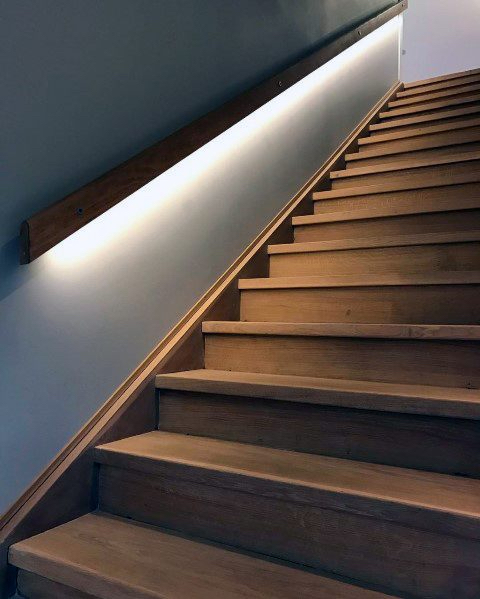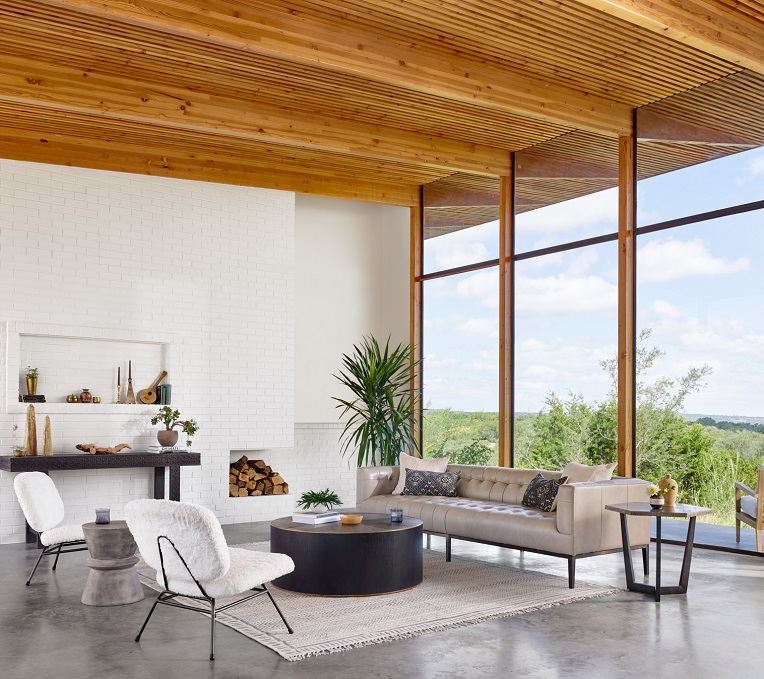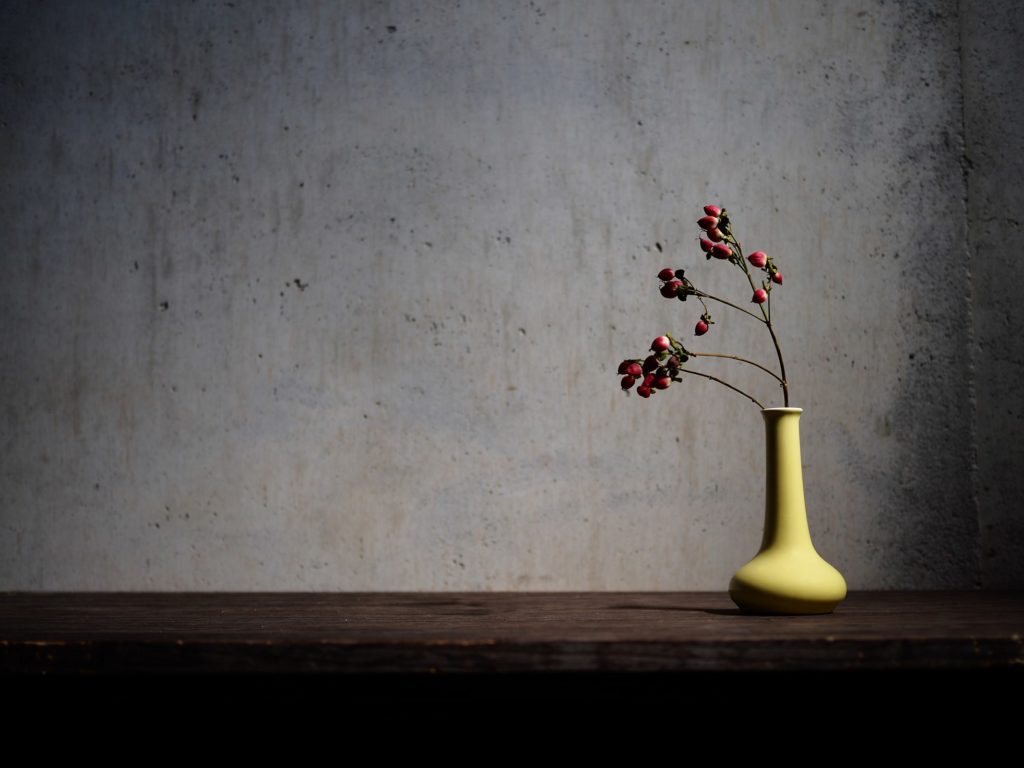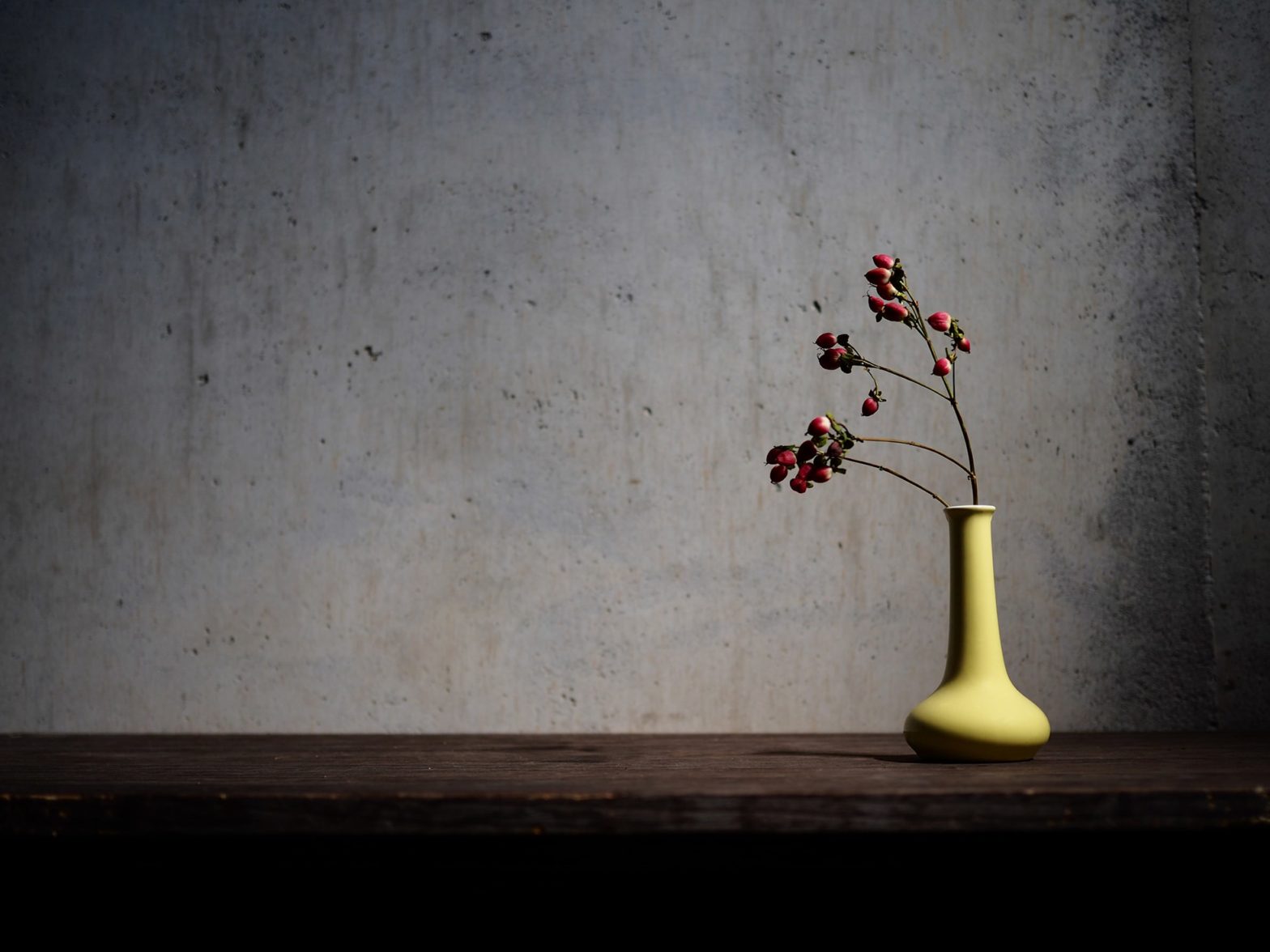Designing for wellbeing: how your home environment can affect your health and well-being.
Space has the ability to affect and influence our emotions and perceptions through multiple factors such as color, light, and geometry, right down to the very materials that are used in its construction.
Walls, floors, furniture, but also soft furnishing, decor and objects of everyday use. What I find fascinating, is the never ending dialogue between form and function and the challenge to find your own specific and individual balance in it.
You might know that color preferences, for instance, influence the objects we choose to purchase, the clothes we wear, and the way we adorn our interiors, significantly affecting moods, feelings, and emotions.
Quality, intensity, even the position and direction of lighting can be thoughtfully used to evoke a specific mood or feeling.

For example, bright colors and natural light can enhance feelings of energy and positivity, while dim lighting and muted colors can create a more relaxed or subdued atmosphere.
Proportions and scale of furniture, objects and rooms in general determine the difference between a balanced interior and a cramped or empty space.
Even materials play a major role in defining the space, affecting our emotional experiences.
Natural materials, such as wood, cement, metal, stone, but also cork, clay, micro-cements and resins, right down to linen, wool and cotton, possess an inherent beauty and convey a sense of comfort and grounding. They change with time and often come in a finish that is non repeatable. Artificial materials such as vinyl and laminate are known for their ability for resisting wear, stains, odors and bacteria and for their great performances with color and light.
The fact that all these relate to our living space is intuitive, yet the way they are transferred into principles to design a home or a single room, might not be obvious to the many.
I find great source of inspiration from Feng Shui, Wabi Sabi and Kintsugi, Eastern philosophies and aesthetics. They aim at creating a harmony between the individual who dwells in a space and the natural elements that surround him.

Feng Shui is an ancient art coming from China. The central principle lies in arranging the elements in a space to establish harmony between an individual and their environment.
Wabi Sabi, the philosophy and aesthetics coming from Japan, celebrates the inherent beauty in the imperfect and promotes the asymmetry of nature and perishable natural materials. Kintsugi also emphasizes imperfections, embracing the beauty of human flaws and that of the objects we use.

I will be discussing all these elements in dedicated posts soon. Stay tuned.

